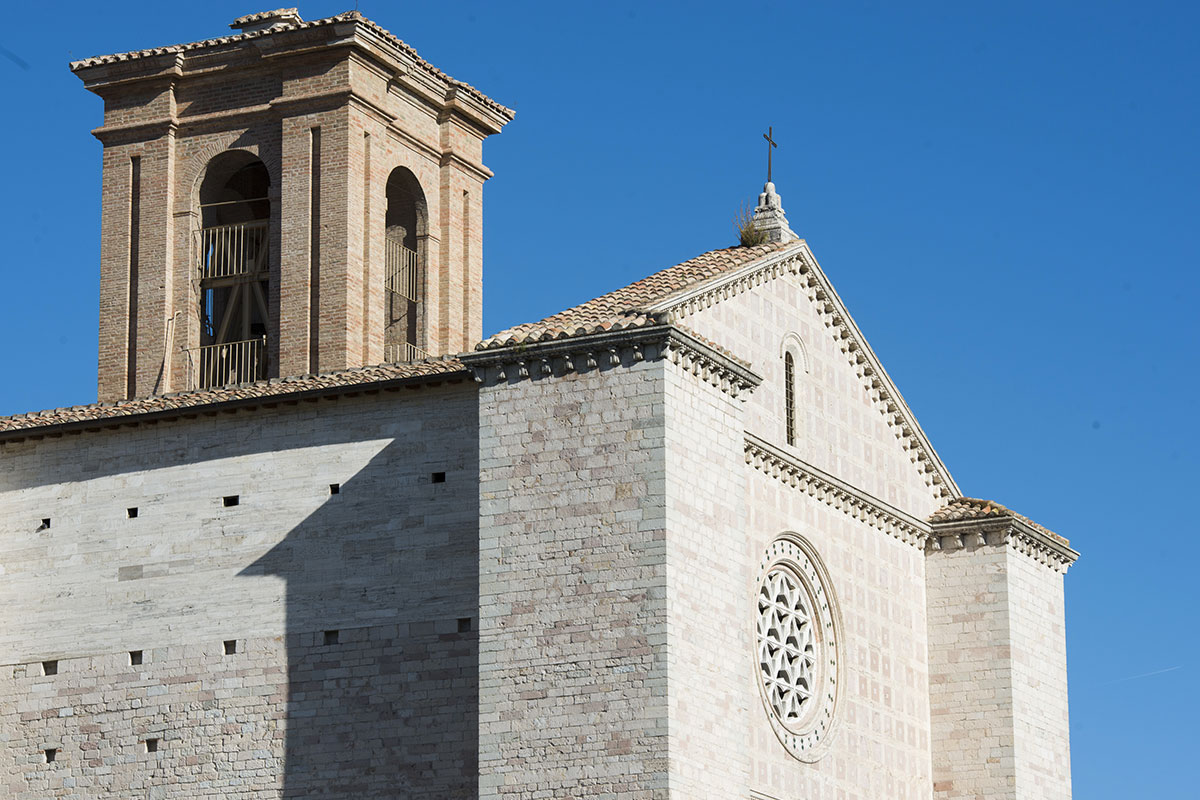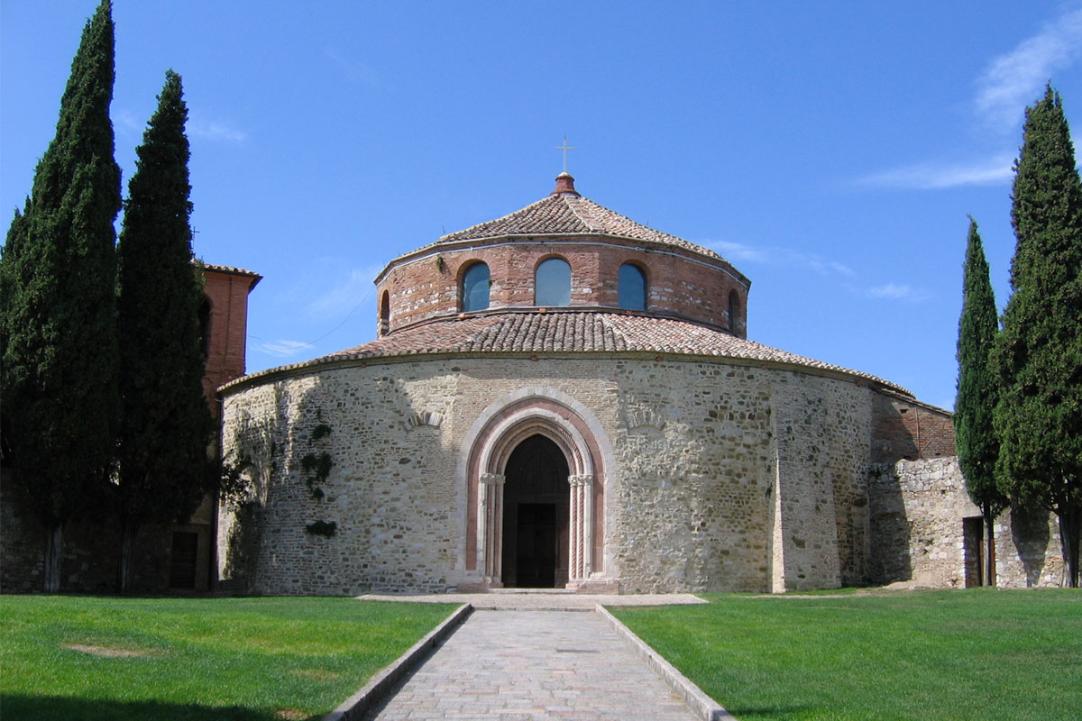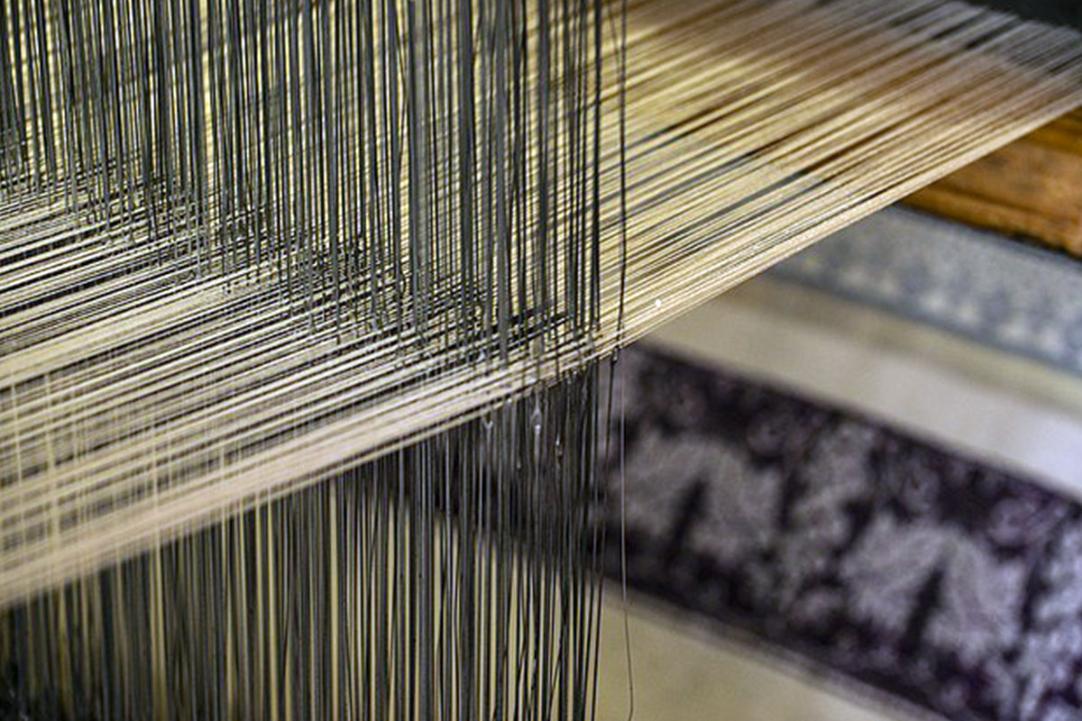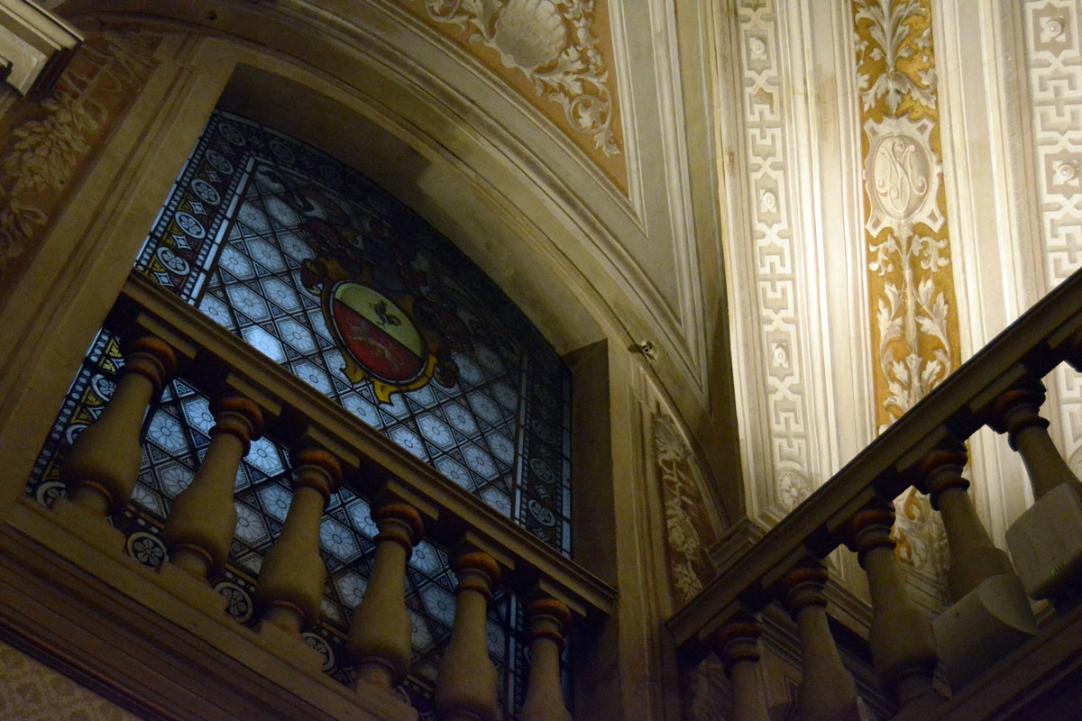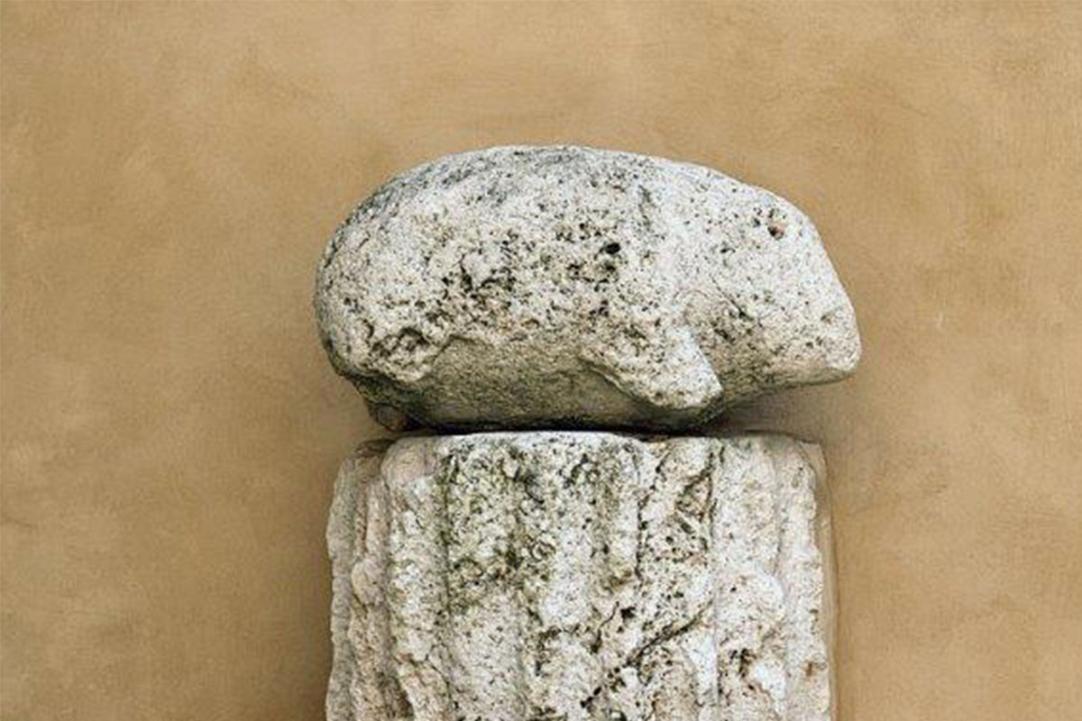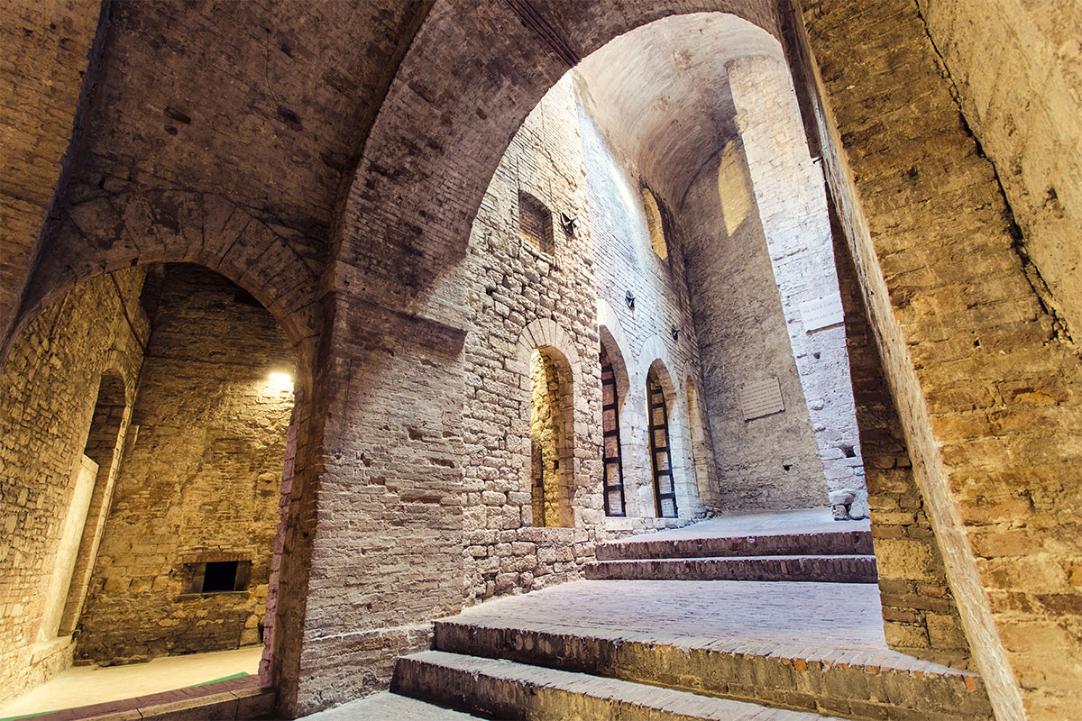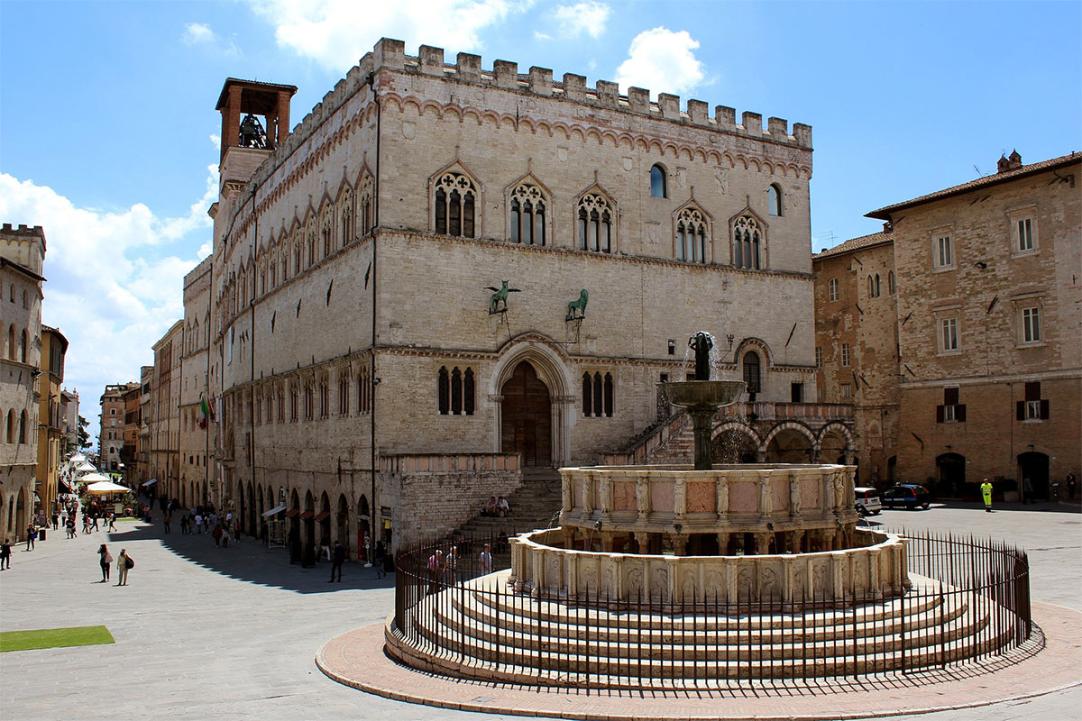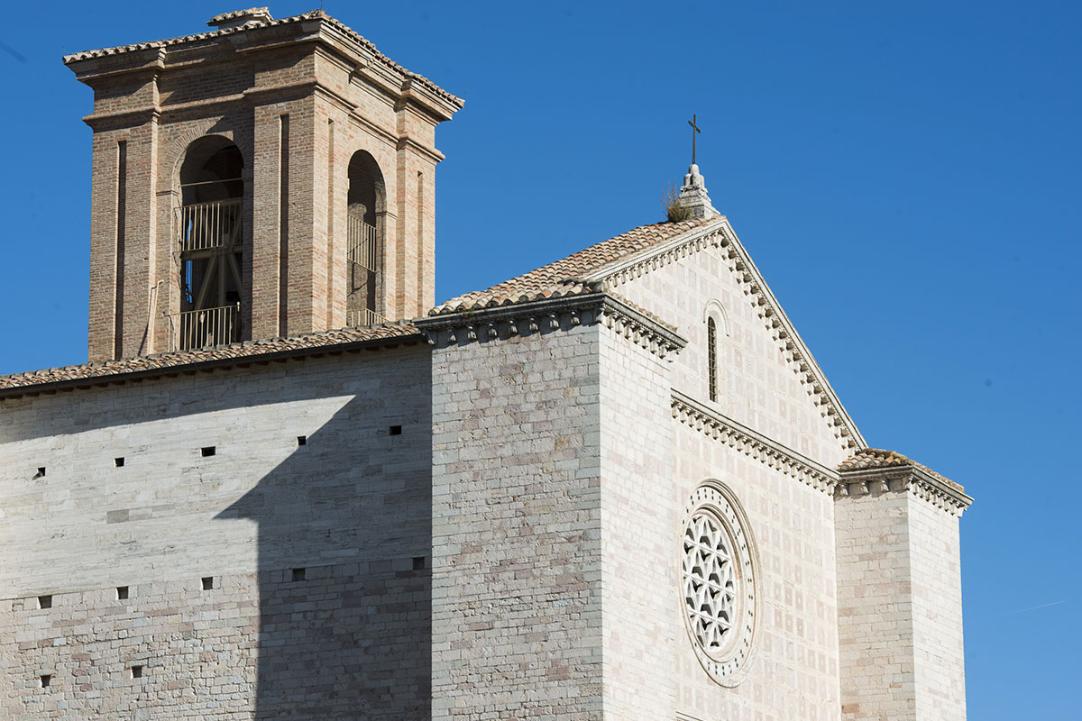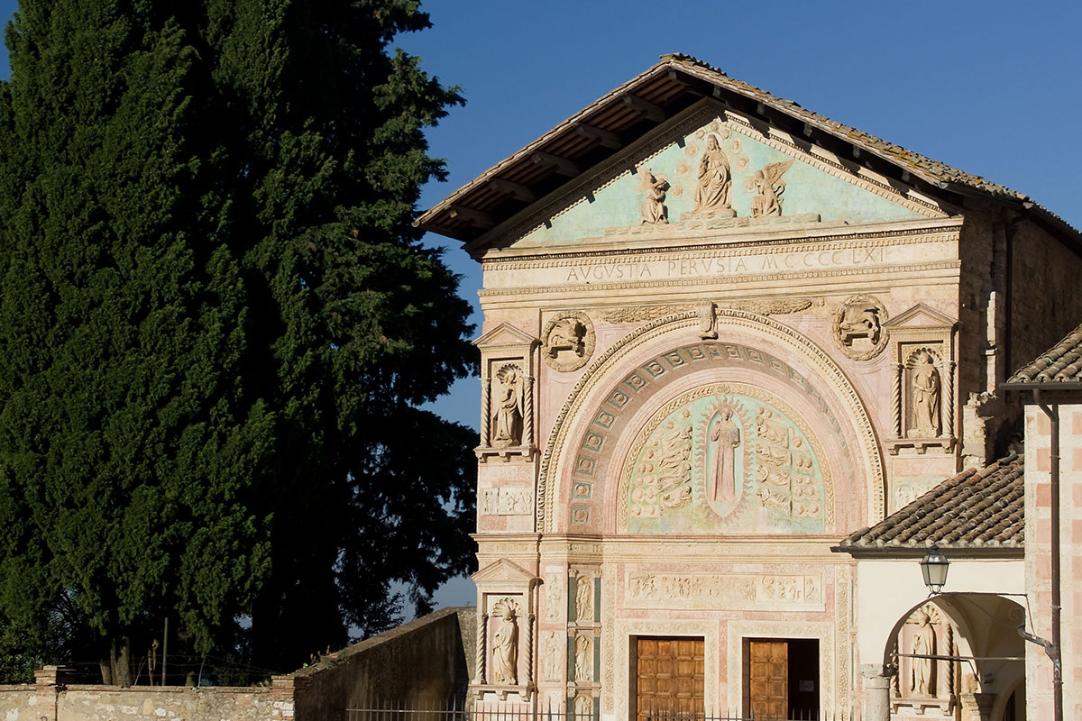| Distance | 38 km |
| Difference in level | 906 m |
| Difficulty | Intermediate |
| Duration | 3 hours |
| Ground | Paved road |
| Recommended bike | gravel bike, city bike, mountain bike, e-bike |
| To view | Percorso verde, San Sisto, Lacugnano, Ferro di Cavallo, San Marco, Ponte d'Oddi, Convento di Monteripido, Monte Ripido, Cassero Porta Sant'Angelo, Santa Lucia |
| Staging points | 1-Percorso Verde |
| Interchange | Routes 4 and 2 |
We start from the Percorso Verde (Green Route) in Pian di Massiano and ride along the cycle path towards the Santa Maria della Misericordia hospital in Perugia.
We continue in the direction of Lacugnano and then Ferro di Cavallo and, skirting the woods of Monte Malbe, we reach San Marco where, in 1822, the Cippo di Perugia was found, a stone stele with boundary functions that proved fundamental in deciphering the Etruscan language.
We cross Ponte d'Oddi and then head towards Perugia, passing near the Franciscan Monteripido Convent, where the splendid homonymous altarpiece by Pietro Vannucci, known as Perugino, now housed in the National Gallery of Umbria, comes from.
We walk up Corso Garibaldi to the characteristic battlements of the Cassero di Porta Sant'Angelo, built in 1325 by architect Lorenzo Maitani (famous for being the author of the façade of Orvieto Cathedral). A little further on one can see the Temple dedicated to St Michael Archangel, with its characteristic circular shape: to defend the north-western part of the city there could only be a structure dedicated to Michael, the warrior angel. The temple probably dates back to the 5th century and stands on the remains of a Roman place of worship, the mitreo, which in turn arose on a sacred site identified by the Etruscans.
We walk back down Via Zefferino Faina past the Museo-Laboratorio di Tessitura a Mano Giuditta Brozzetti (Giuditta Brozzetti Hand-weaving Museum-Laboratory), housed in the Church of San Francesco alle Donne, which preserves the memory of ancient hand-weaving techniques. We can admire looms from the 1700s and 1800s in operation and learn about their history.
We head towards one of the seven Etruscan gates to the city, the Etruscan Arch, built in the second half of the 3rd century B.C. and renovated by Augustus in 40 B.C., after his victory in the war of Perugia. Opposite this monumental access road to the city's cardo maximus stands the elegant Palazzo Gallenga-Stuart, seat of Perugia's University for Foreigners, where in 1720 a very young Carlo Goldoni, who was in the city following his father, a doctor, performed his first play.
We continue along Via Pinturicchio to the Cassero di Porta Sant'Antonio, opened in 1374 on the end of the papal fortress of Porta Sole, of which remain the arches, some towers, the stairs and the wall connected to the gate. Near the keep is the Church of Sant'Antonio Abate, with its characteristic 15th-century piglet sculpture that the burgaroli rub every year as a sign of good luck.
We descend towards Via XIV Settembre, then walk along Via della Rupe, skirting the octagonal Church of Sant'Ercolano, built in the 13th century and dedicated in 1317 to one of the patron saints of Perugia, who was killed in 540 following the siege of the city by Totila. At one time, the Church of St Herculaneum consisted of two overlapping chapels that made it even more imposing; the upper chapel, which was accessed from above the walls, was demolished in the 16th century because it obstructed the view of the Rocca Paolina. The original appearance of the structure, as well as the events of the Saint's martyrdom, can be admired in the paintings by Benedetto Bonfigli preserved in the National Gallery of Umbria.
We then walk up Viale Indipendenza towards Piazza Italia and the imposing Rocca Paolina, but not before passing the so-called Tenaglia, one of the parts - together with the Corridore and the Palazzo Papale - into which the fortress complex was divided. The latter was built between 1540 and 1543 at the behest of Pope Paul III and was, until 1860, the symbol of papal power over the city. It was built by demolishing the entire district of Santa Giuliana and, while most of the materials were reused in the new structure, the houses, streets, towers and courtyards that fell within the perimeter of the new building were encompassed and covered by heavy vaults, forming a sort of gloomy but fascinating underground city. The Rocca Paolina was destroyed and rebuilt several times from 1848 onwards, eventually providing space for the construction of many 19th-century buildings and arrangements such as the Carducci Gardens, Piazza Italia and Viale Indipendenza. The Papal Palace was replaced by the present Palazzo della Provincia, which faces the neoclassical Palazzo Cesaroni. The latter, seat of the Regional Council, is adorned with a cycle of frescoes by Domenico Bruschi and Annibale Brugnoli, called The Dance of the Hours.
We walk along Via Baglioni and take the last of the traverses connecting it to Corso Vannucci: we cross Piazza IV Novembre, the focal point of Perugia's acropolis, which revolves around the Fontana Maggiore, built between 1275 and 1277 to celebrate the arrival of water by means of the new aqueduct.
Of the two polygonal basins made of pink Assisi stone, the lower one is adorned with panels sculpted by the famous Nicola Pisano and his son Giovanni: they describe the 12 months of the year, each accompanied by the sign of the zodiac. The upper one features 24 statues of saints and mythological and biblical characters from the Old and New Testaments.
Surrounding the fountain are the Gothic windows and the Renaissance portal of the flank of San Lorenzo, the cathedral, whose first core was built between 930 and 1060 over the ancient forum of the Etruscan-Roman city. In the structure, consecrated only in 1569, the various construction phases that have followed one another since 1345 are clearly evident, not all of them completed (such as the geometrically textured external decoration made of red and white marble quadrilobes taken from Arezzo Cathedral).
Another highlight is undoubtedly the Loggia di Braccio, commissioned by Braccio da Montone in 1423 and previously part of the Palazzo del Podestà, which was burnt down in 1534. Under the loggias, it is possible to see part of a Roman wall, the foundations of the old bell tower, the Perugian measurements of the foot and half-barrel, and the cast of the Pietra della Giustizia, (the original is in the Palazzo dei Priori in front of it, in the hall of the City Council) which bears an inscription from 1234 in which the City Council announces that all public debt has been cancelled.
On the other side is the fan-shaped staircase of Palazzo dei Priori - built in 1902 to replace the two-flight staircase - leading to the splendid Sala dei Notari, originally the hall of the popular assemblies of the free commune, later the seat of the tribunal of the Capitano del Popolo and, since 1582, the seat of the powerful guild of notaries.
We descend into the picturesque Via Maestà delle Volte, past Palazzo Manzoni and the Teatro Morlacchi to thread our way through the maze of streets in the direction of the Torre degli Sciri, the only one of the many constructions that dotted the city - nicknamed Torre degli Sciri for this reason - that has survived to the present day.
We finally reach the Church of San Francesco al Prato, one of the first in Italy to be built after the saint's death. Despite serious structural dangers, Perugia's great families chose it as a privileged burial place for their members, as did captains, jurists and men of letters who wished to share their eternal resting place with the blessed Egidio, the third to follow the Rule of Francis.
Next to the church stands the Oratory of San Bernardino, with its characteristic 15th-century façade covered with polychrome reliefs by Agostino di Duccio, depicting scenes from the Glory of San Bernardino.
The tour continues in the direction of the Elce district and then back to San Marco, from which we reach the point from which we started - the Green Route of Pian di Massiano.
MORE DEDAILS ON KOMOOT
Progetto Around Perugia - realizzato con il contributo della Sottomisura 16.7 PSR per l'Umbria 2014-2022

























